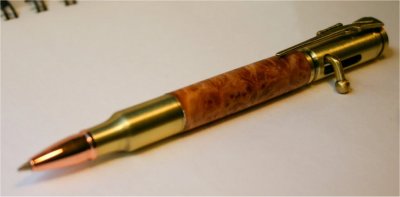The briefest synopsis:
In dogs, we usually don’t know “for sure” what caused the ear infection to occur but USUALLY it’s some water left in the ear from a swim, or bath.
 VERY often it is triggered by allergies. Specifically, “Atopic” allergies which are significant, because the cause of Atopy is usually carbon emissions from the nearby highway.
VERY often it is triggered by allergies. Specifically, “Atopic” allergies which are significant, because the cause of Atopy is usually carbon emissions from the nearby highway.
Once an ear canal is irritated and pink from Atopy, it’s an easy thing for a “secondary” bacterial or yeast infection to start.
When I look at an ear, I look at probable cause, pathogens at work, condition of the ear itself, presence or absence of inflammation, pus, dark or other wax and I think about the strategy to heal the ear.
Franchise veterinary medicine wants me to perform cytology on the ear canal, culture the supposed germs living in the ear for bacterial type and sensitivity, make radiographs of the middle and inner ear and assess bone density and patency of the petrous temporal bone. A sedated exam will assess whether the ear drum has been compromised. Bloodwork before the sedated examination will be required. A CT scan will be run because the machine is expensive and the tests help pay it off. Finally, Auditory Evoked Potentials can be run to assess any hearing loss. The ticket (before simply putting the dog on $30 worth of EasOtic) is $7,000 to $12,000
Higher if the guys in the Neurology service are standing around, and can wave their hand over the dog for an extra $400 and say “This dog has an ear infection and no neurological comorbidities exist.”
Here’s the usual treatment strategy
- Assess if allergy / atopy seems to contribute. Figure on treating an underlying adverse or allergic reaction. (Food, exposure, environmental and behavioral history on top of physical)
- Assess if bacteria seem to be abundant or bystanders to another, primary problem.
- Assess the patency of the ear and if the canal will allow passage of medicine topically.
- Assess if the canal or the pet merit anti-inflammatory / antibiotic therapy.
- Assess if the pet would be better served with Claro.
Then:
- Clean the ear thoroughly, removing all hair, wax, debris.
- Dry carefully
- Apply the first dose of medication
- Administer a steroid if the ear is really tender or red.
- Explain to the owner how to do the medication at home.
- Consider a cone-collar if the pet is whacking the ear or shaking its head too much.
- Follow up at the prescribed time. Especially if Claro was used.





